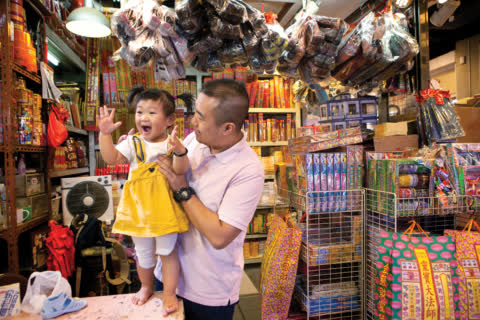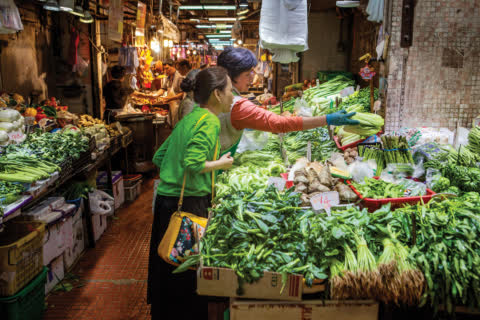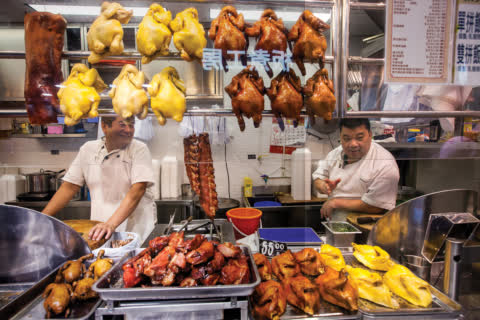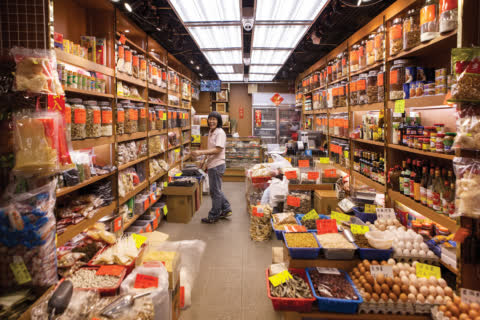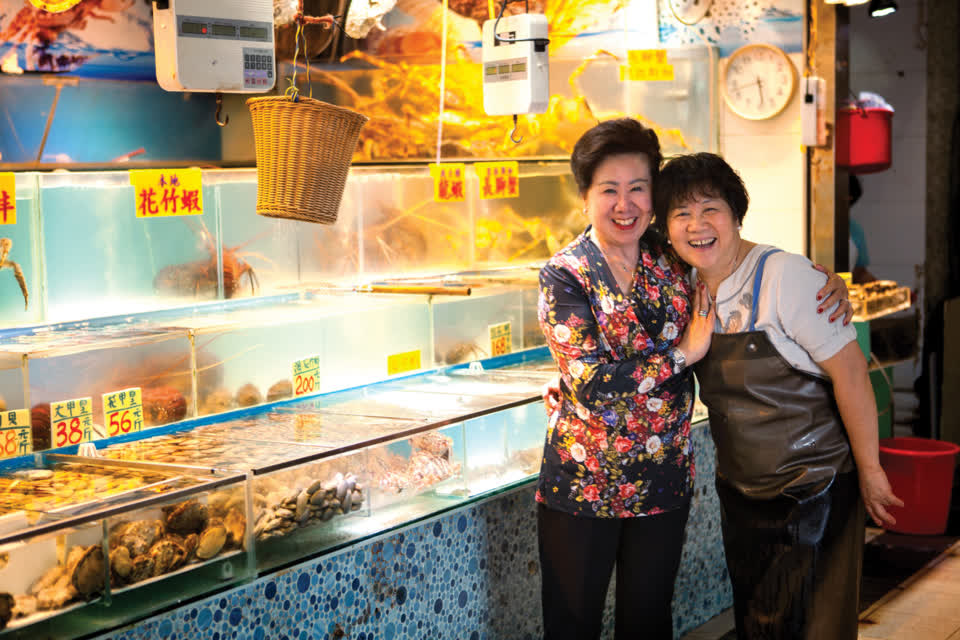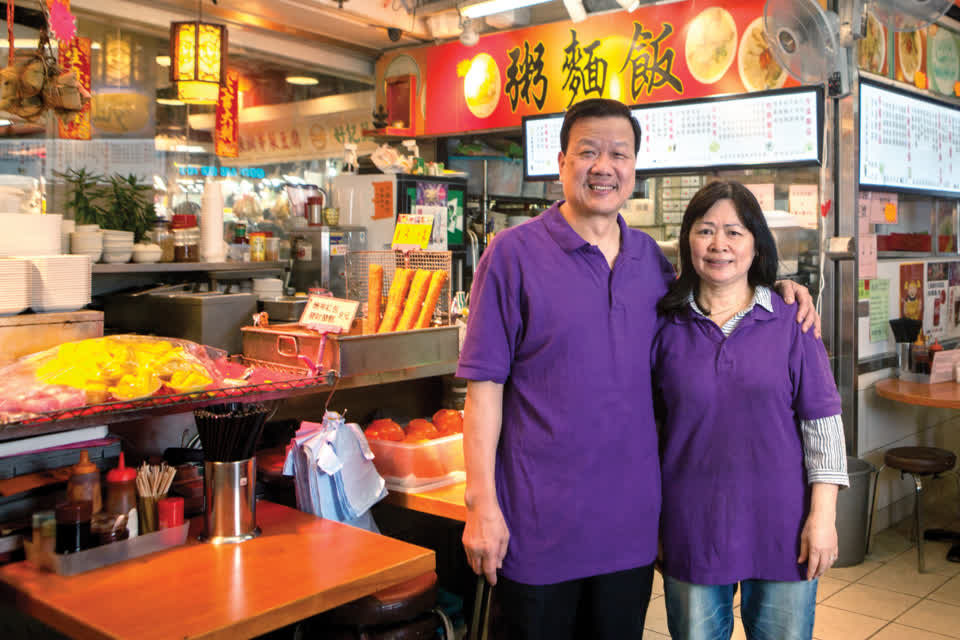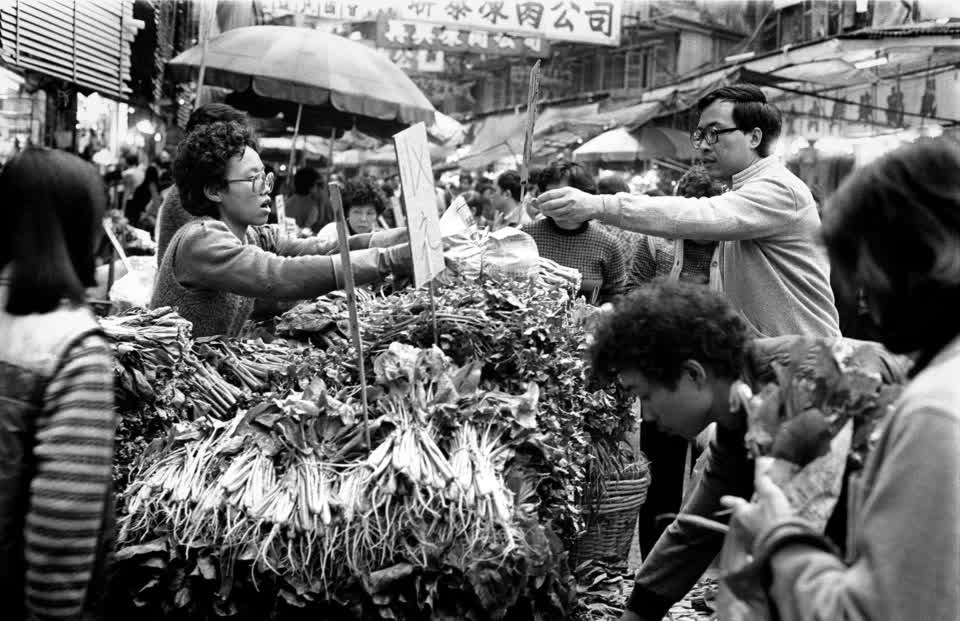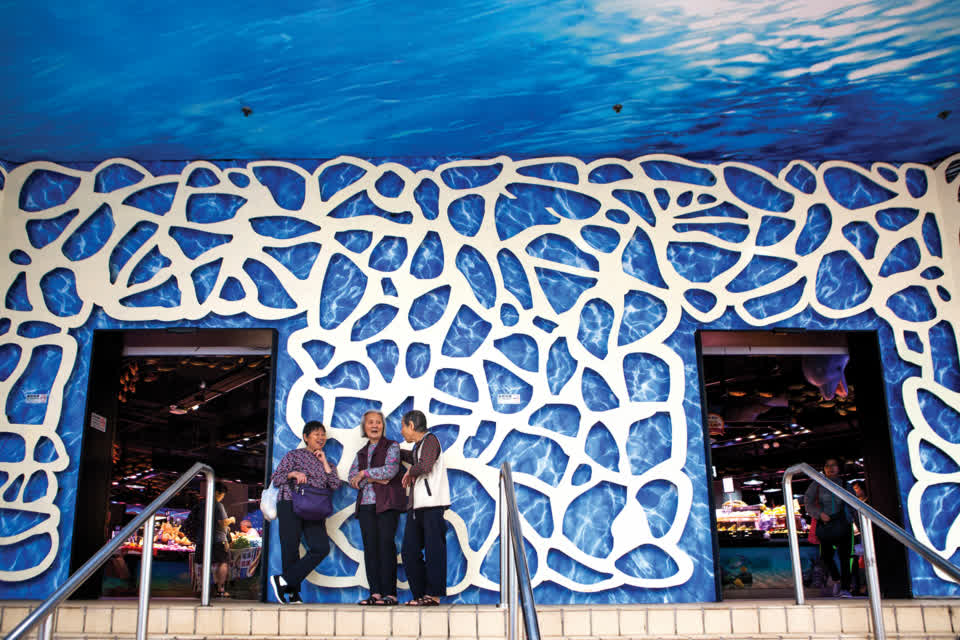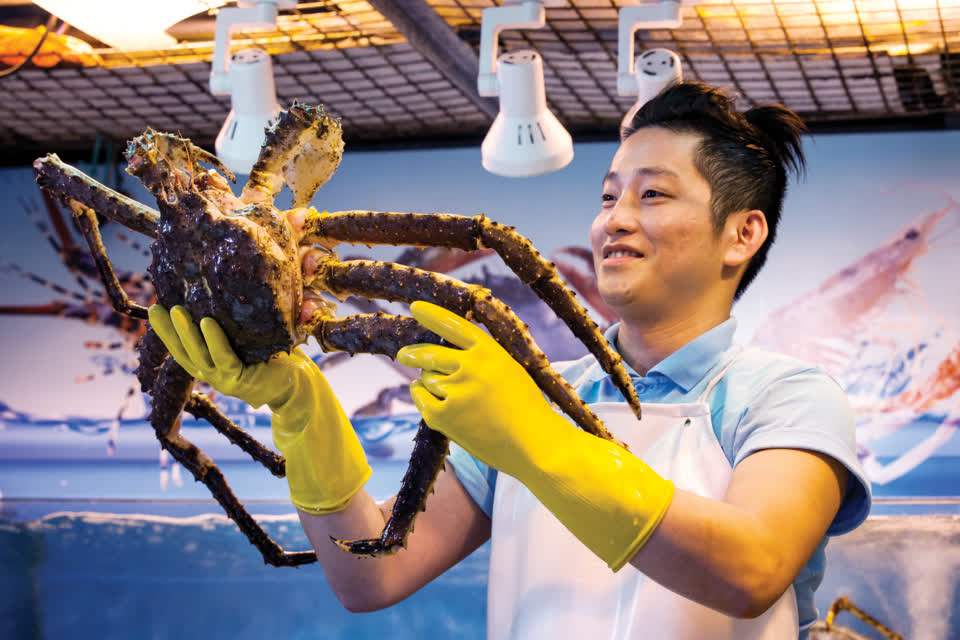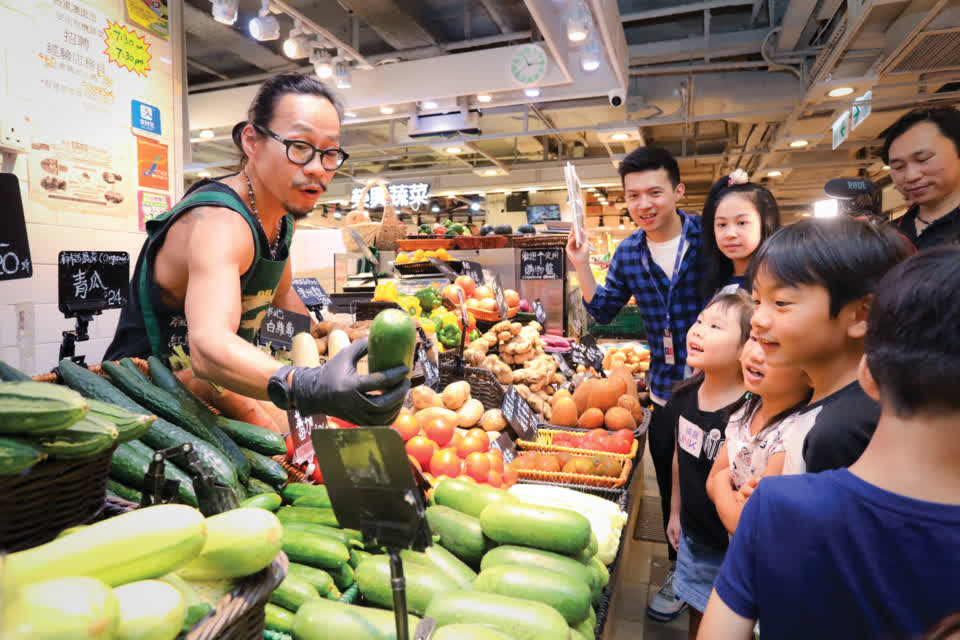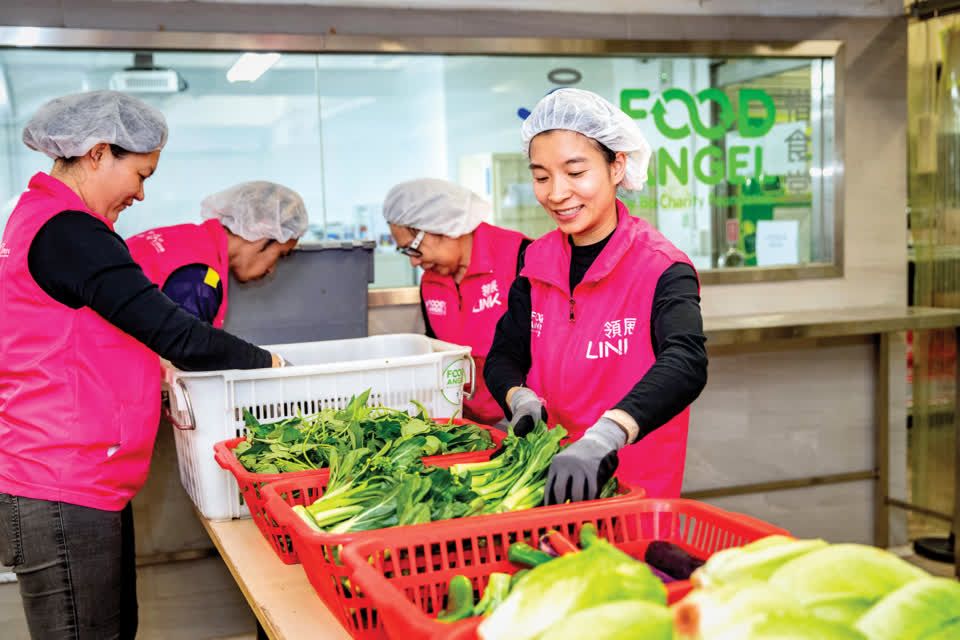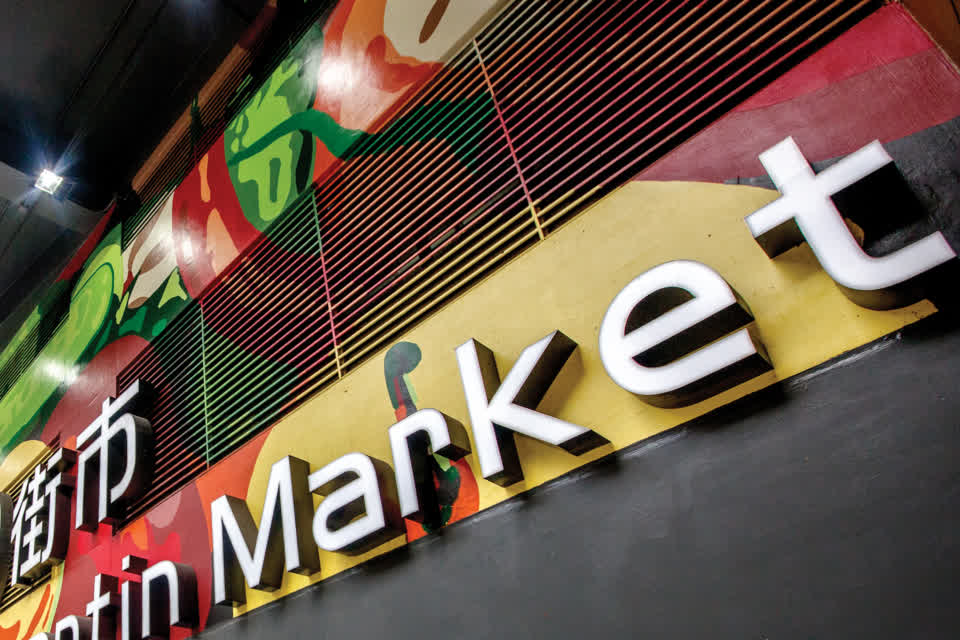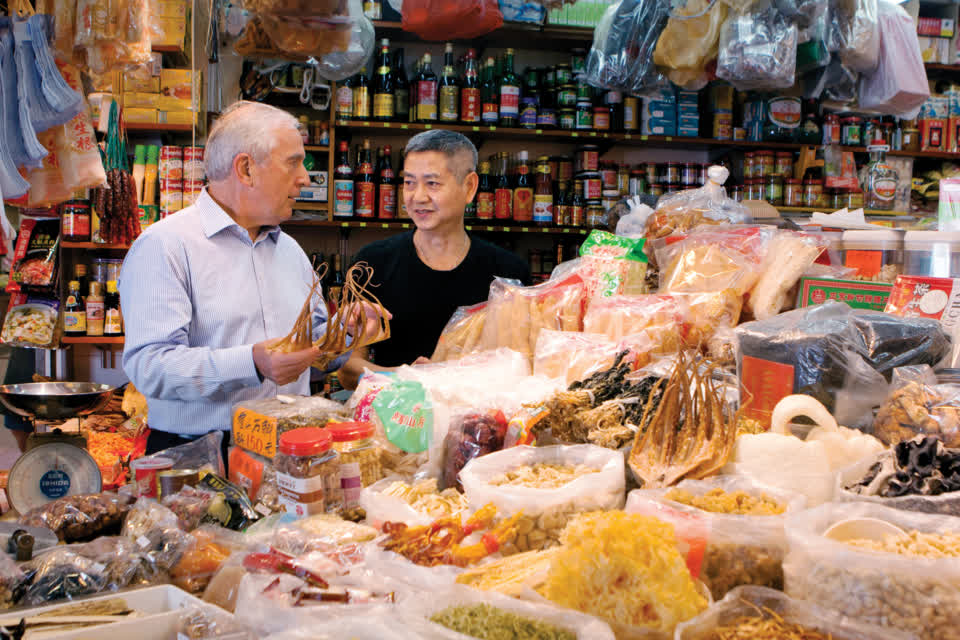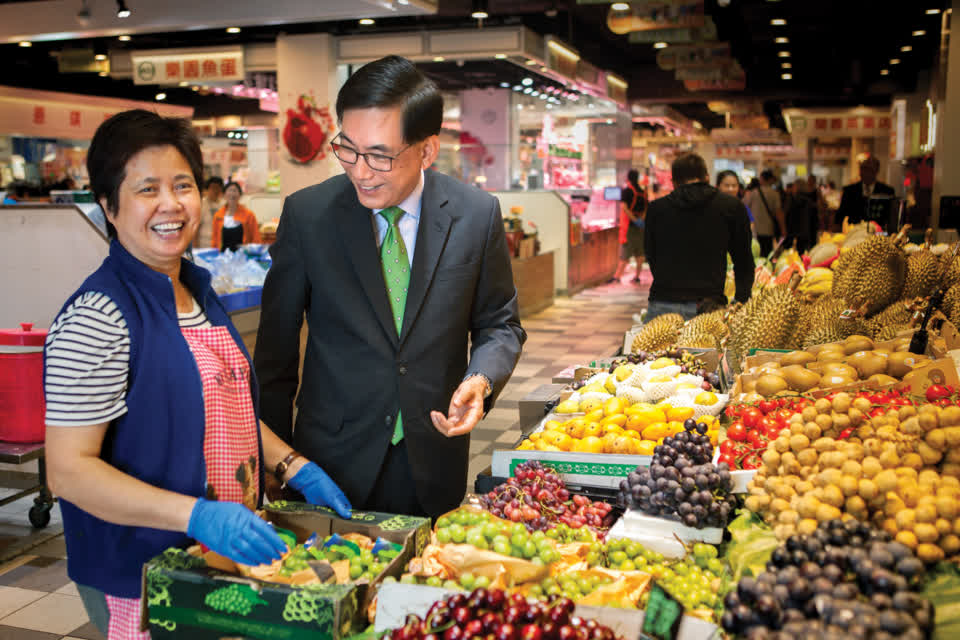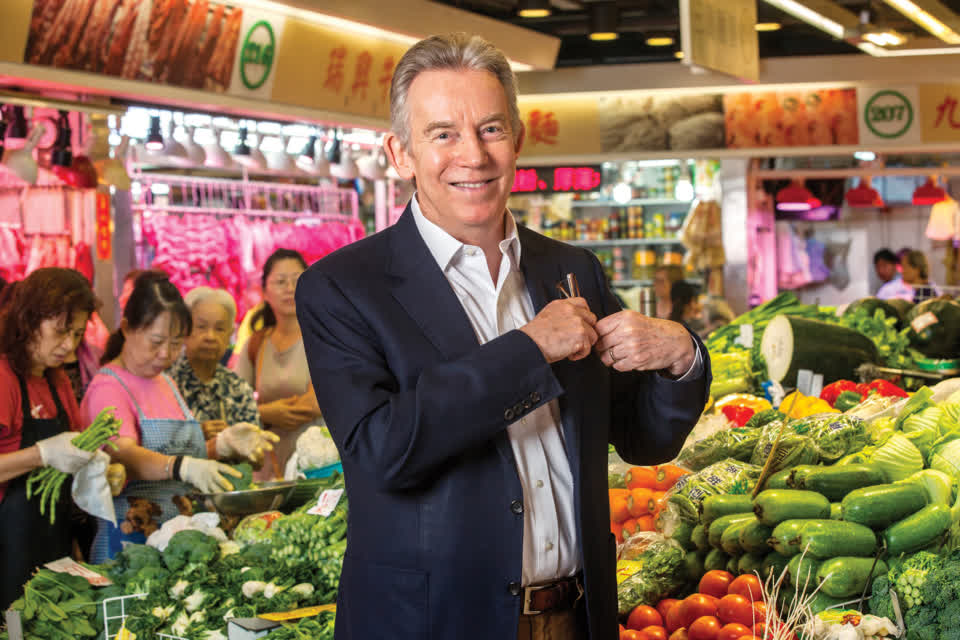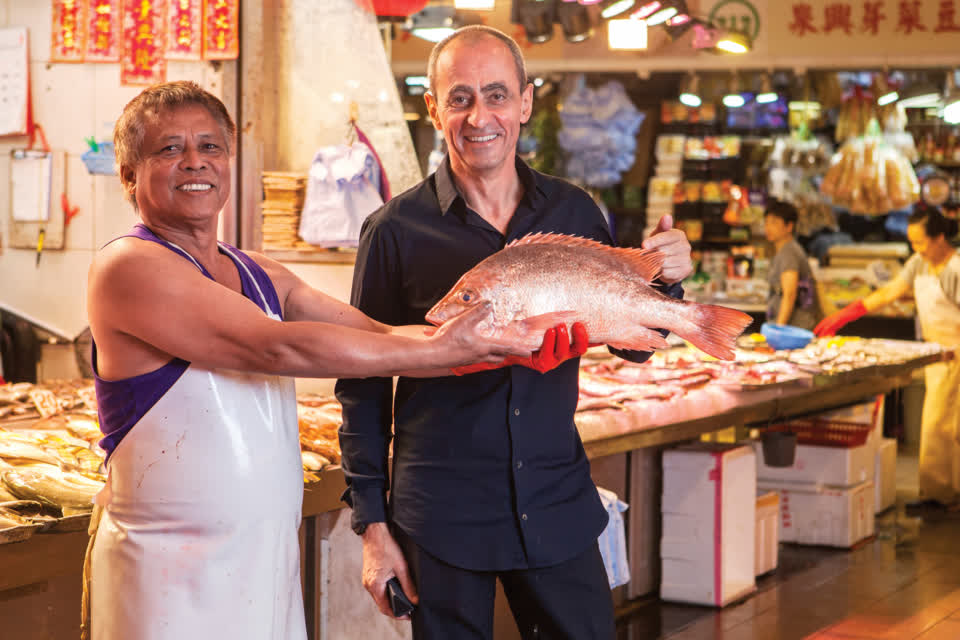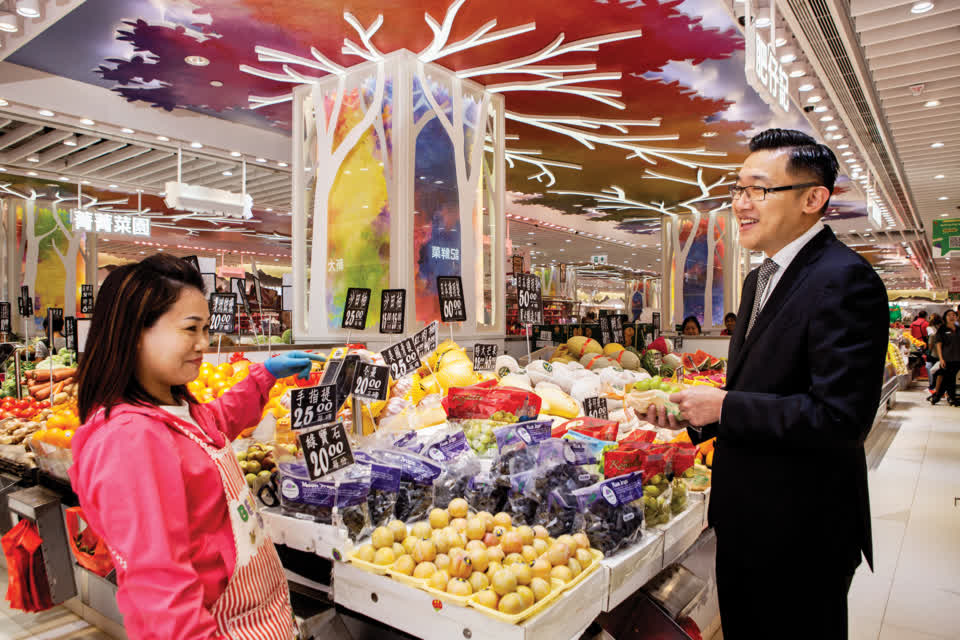Today, there are several different operators of fresh markets in Hong Kong. Most of the markets situated in or near housing estates are run by Link, which inherited them from the Hong Kong Housing Authority; so far, it has redesigned almost 40 of them. Others are run by the government’s Food and Environmental Hygiene Department. You can still find traditional street markets in older districts like Wan Chai, Yau Ma Tei and Shau Kei Wan, and there are regular farmers’ markets in a few areas, some of which specialise in organic produce.
FOUR KINDS OF HONG KONG MARKETS
LINK’S MARKETS
The fresh markets run by Link were formerly owned and operated by the Hong Kong Housing Authority. They are located in large housing estates throughout Hong Kong Island, Kowloon and the New Territories, and are often connected to local shopping centres which are also run by Link.
STREET MARKETS
Older neighbourhoods still host streetside markets which have been in place for decades. These include Graham Street in Central, Chun Yeung Street in North Point, Tung Choi Street in Mong Kok and Temple Street in Yau Ma Tei. Each street has its own speciality of goods on sale.
GOVERNMENT MARKETS
These are run by a government body called the Food and Environmental Hygiene Department (FEHD). They are often part of multi-storey municipal complexes which also include facilities like libraries, theatres and local government offices.
FARMERS’ MARKETS
A more recent development are small pop-up markets which sell fresh produce from local farmers. You can find these usually on Sundays in places like Quarry Bay, Tai Po, Sai Kung and the Central Star Ferry pier.
The great benefit of a market over a supermarket is that each stall is run by independent traders. This creates competition that cannot be replicated in a supermarket. The market operator takes care of cleanliness and the upkeep of the facilities and common areas, but each stallholder decides which foodstuffs to source and sell, and sets their own prices.
But more than that, these stalls are run by people who are part of their local community. The vendors know their regular customers, and the stalls are often passed down from one generation to another.
“I’ve witnessed the other stallholders growing up and getting married,” says Ma Lai-mei, a cha chaan teng (Hong Kong-style restaurant) owner at Lok Fu Place, one of the first Kowloon markets that Link redesigned. “When the dad retires, the son takes over, just like how my son helps to manage the stall.
“Many stalls are run by the second generation, and some have been owned by three generations. When the market was owned by the Hong Kong Housing Authority, the grandad and the father were the owners of the stall, and now it is run by the son.”
This valuable continuity is something that bonds communities together.
“I’ve been in this industry for more than 30 years, and our customers all come from this neighbourhood,”
says Chu Chun-por, a tenant at the redesigned Tai Yuen Market in Tai Po. He runs a cooked food stall, and serves up dishes like liver congee and fried bream wrapped in rice rolls. As we talk, it’s lunchtime, and people are streaming in to huddle over bowls of steaming noodles. “Some of our customers come very often, and we have built a very close relationship,” he says.
The sense of community extends to helping each other out. “Stall owners will recommend customers to eat at my cha chaan teng, and we do the same in return,” says Ms Ma. “Our relationship with each other is very good, as we have been building these bonds for three generations. We are like a big family. We do not compete for customers here, but maintain harmony.”
This book will explore how revitalising the fresh markets is bringing them back to their roots and putting them back where they belong: at the heart of Hong Kong society.
